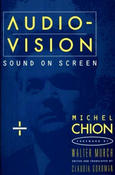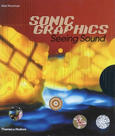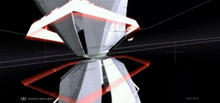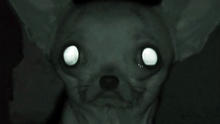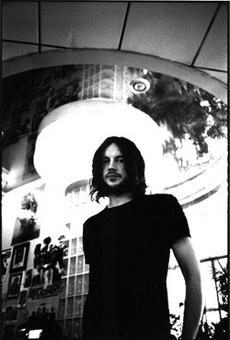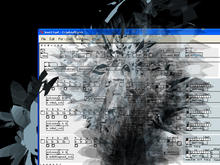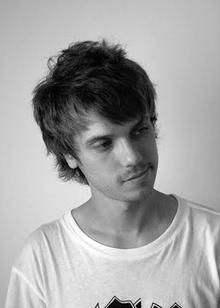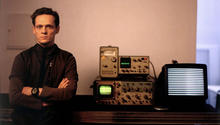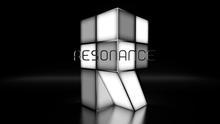Alex Rutterford
is a British director and graphic designer working mostly on music videos. His most well-known works include the videos for Gantz Graf by Autechre, Verbal by Amon Tobin and Go to Sleep by Radiohead.
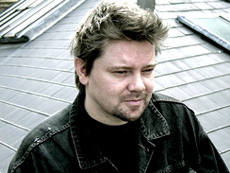
Alex Rutterford studied graphic design at the Croydon School of Art and graduated in 1991. He started his professional career by designing graphics on sets for films such as Judge Dredd. He was a member of the design team lost in space where he worked as CG artist and creative director. Nowadays he is repped by production companies RSA and Black Dog, the promo division of RSA.
His most well-known works include the videos for Gantz Graf by Autechre, Verbal by Amon Tobin and Go to Sleep by Radiohead. Lesser known is the unofficial video he created for the Autechre track Eutow as part of the Channel 4 music programme Lo-fi in 2001.
His short film work includes Sound Engine, an early study made for onedotzero2 set to an Autechre song; 3space, again specially made for onedotzero and set to the overture of Mozart's The Marriage of Figaro; and Monocodes. All these films and videos consist of 3D computer generated imagery, and feature visuals that follow the rhythm of the music very closely. These works were produced during his time at lost in space in the case of the onedotzero works as lost in space films.
Rutterford also designed the cover for the Autechre albums Draft 7.30 and Untilted, as well as the booklet and menu for Chris Cunningham's Directors Label DVD. In addition to this he worked as graphics designer on two music videos directed by Cunningham, namely Björk's All Is Full of Love (1999), and Squarepusher's Come On My Selector (1998) for which he created the video screens. He also did the camerawork, together with Rob Bliss, for Cunningham's Rubber Johnny.
His works have appeared in onedotzero film festivals, DVD releases, and the book onedotzero Motion Blur published by Laurence King, lovebytes, and several other digital film DVD compilations.
Source: Wikipedia
